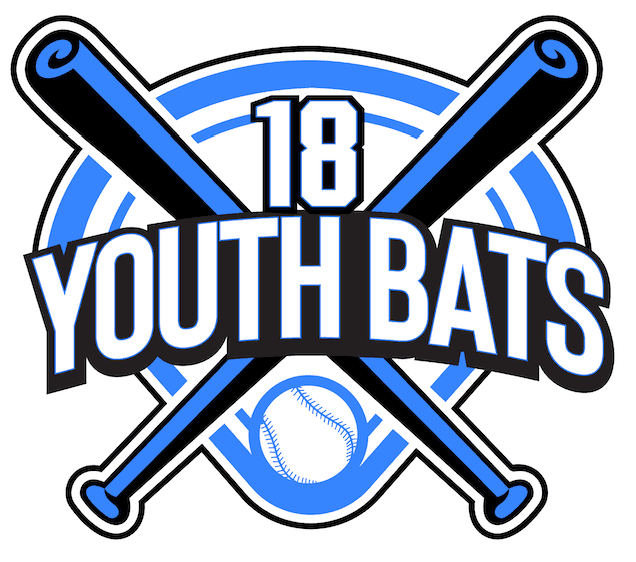The Ripple Effects: 4 Entities Significantly Impacted By The Decline Of Youth Baseball Participants
Despite a slight upward trend of sign ups from 2015-2016, youth baseball continues to sustain record low numbers over the past 15 years. According to an annual study conducted by the Sports & Fitness Industry Association in 2015, organized youth baseball witnessed a significant decline in registrations from 5.54 million youth baseball participants in 2007 to by 1.34 million in 2015. In other words, youth baseball lost 1.2 million youth players ranging from ages 6-12 years old. This equates to a 21.7% reduction of youth baseball players over this span of 8 years. The steady drop in youth players impacts more than just the non-profit organizations. This loss generates a negative trickledown effect for many entities financially, economically, and socially. Below are 5 entities whom are currently experiencing negative impacts stemming from the loss of youth baseball participants.
1. SPORTING GOODS INDUSTRY: With the growing number of consumers buying sports their equipment conveniently online coupled with the decrease in youth sports participants in general, it’s no wonder why retailers like Sports Chalet and Sports Authority went out of business. If the number of organized sports registrations continue to decline, the market will keep shrinking thus severely impacting all the entities down the supply ladder. Less youth baseball players means less revenue streams which will squeeze out the privately-owned companies first before the entire market collapses. In fact, a collapse of youth sports isn’t as farfetched as one might think. If the past 16 year a downward trend continues for youth baseball, how can anyone expect Little League, Pony or the other non-profit youth baseball organizations to survive another 16-30 years? Twenty years ago, no one ever thought Blockbuster or Circuit City would close their doors forever. The birth of online shopping has revolutionized how people purchase the products they desire and these companies simply couldn’t adapt. The sad truth is most everything in our lives goes throw an evolution process that sometimes can cause severe repercussions. Youth baseball is currently heading down the same path and unless the trend is purposefully broken, activities like video games will continue to consume more and more of our youth’s attention.
2. FAMILY OWNED BATTING CAGES: Although we couldn’t retrieve hard statistics regarding the current profitability of the batting cage industry, the disappearance of these facilities occur weekly. Within the past 3 years, at least 5 privately owned and operated batting cage businesses within a 20-mile radius of my residence have closed their doors permanently.
With the introduction of smart phones and tablets giving kids mobile access to video games that are designed to extract the maximum amount of attention of our youth along with the increasing number of kids choosing to focus on 1 singular sport year around, how does any business affiliated with youth baseball plan to adapt and survive? Especially considering the sport of baseball requires a significant financial sacrifice more than most sports, it makes since why mom and pop batting cage business continue to close.
3. OUR YOUTH: As a parent/coach, I believe youth sports is the best tool families can utilize to help prepare their child for the everyday battles and struggles we face as adults. No matter what situations we face as we get older, those who are the most prepared, organized, and dedicated will win most of the everyday battles they confront throughout life. Youth baseball in particular helps demonstrate the success that ensues we utilize a strong work ethic. While schooling and education definitely prepares children best for adulthood, youth baseball can help emphasize the importance of:
- Teamwork
- Practicing
- Respect and Sportsmanship
- Discipline
- Coping with loss
- Overcoming adversity
- Never quitting
4. MLB: Although it may not affect Major League Baseball now, the growing number of kids disconnecting from our national pastime will one day heavily impact the professional level. Remember, there was once a point in time when the best athletes in the country flocked to the to the MLB. In order for a sport to be successful, it is imperative to create and market superstars. With less children interested in baseball, the future pool of potential MLB stars shrinks. A recent 2015 Bloomberg news article stated that Major League Baseball in conjunction with the MLB Players’ Association have agreed that on donate $30 million over the course of 3 years through 2018 to help fund youth amateur baseball programs. This generous contribution is geared specifically geared towards compensating these programs for steadily loss of youth participants.
On May 18th, 2017, FoxSports.com contributor Ken Rosenthal wrote a piece entitled “STUDY SHOWS YOUTH BASEBALL PARTICIPATION ON THE RISE” which details the slow and steady increase of youth participants in organized baseball. Within this article, he states that youth baseball has generated a 6.5% proportional increase of registrations the past five years. Despite the recent subtle spike of participants, youth baseball organizations still have an uphill battle in regaining the registration figures of just 15 years ago. Hopefully in the near future, this upward trend of youth baseball signups continue to progress before we lose the traditions that make youth sports such an important tool for a child’s development.
